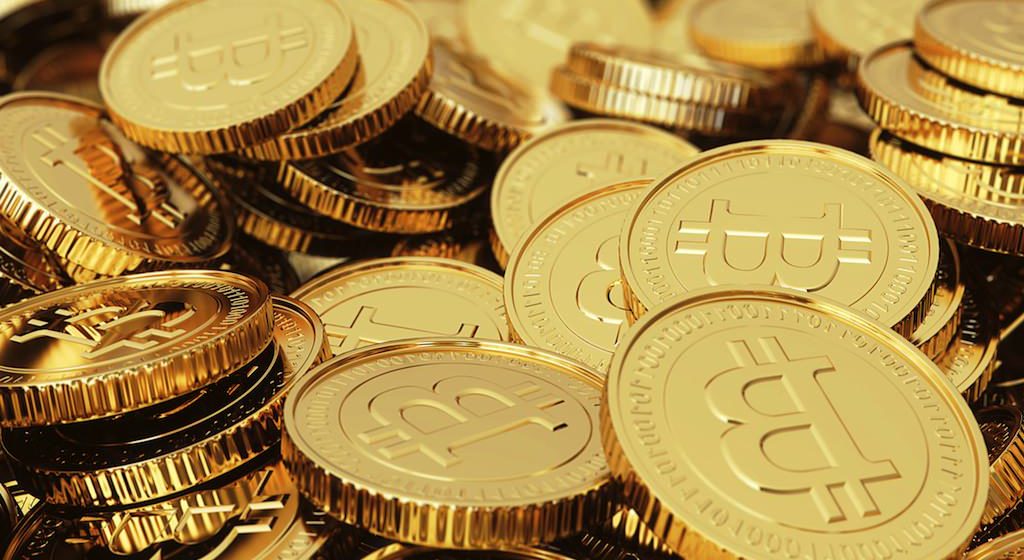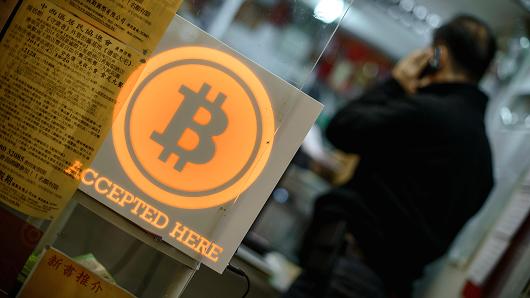3M Strategy & Marketing
Development (SMD)
Internal consultants in the SMD program are involved in projects dealing with the highest level of business operations across our five business groups, 25+ global divisional and corporate functions. SMD consultants work across 3M’s diverse customers, industries, geographic and technology platforms to create value for their clients. In SMD, you lead projects of critical importance and gain knowledge and understanding of the entire company while finding the path to your individual career.

SMD is a unique two-year, non-rotational leadership development program
that leverages internal marketing and strategy consulting as a vehicle for development. SMD is the integration of two highly successful programs — Strategic Business Development (SBD) and Integrated Marketing Development (IMD) — that have thrived at 3M for over 20 years. The SMD program is designed for talented MBA candidates who have a strong desire to:
- Lead individual and team projects that contribute directly to 3M’s growth across marketing, strategy and business development
- Gain in-depth exposure to a broad range of customers, industry, and technologies in a global business arena
- Drive a variety of functional, mentoring and leadership experiences that will enhance your personal and professional capabilities
- Access SMD’s rich alumni network which totals over 100 members including Division and Function VPs
SMD’s collaborative environment fosters peer to peer learning. SMD consultants interact with the same team of peers over a two-year period, allowing them to build strong professional and personal camaraderie.
-
What We Do
SMD consultants typically lead 3-5 projects at once, working closely with internal clients across 3M divisions, corporate functions, and subsidiaries. Project work spans marketing, strategy and business development. Common project types include:
Marketing:
Market and product opportunity analysis, commercialization of new products, customer journey mapping, the voice of customer analysis, new product introduction process, pricing analysis, competitive analysis, segmentation, brand strategy, digital strategy, etc.Strategy:
Corporate and divisional strategic planning, market platforms assessment, technology assessment, growth plans, strategy development, etc.Business Development:
Business modeling, new business development processes, mergers & acquisitions strategy and planning, etc.The Start of Your Career at 3M
The SMD team serves as a source of top business and marketing talent to 3M. During their two years on the team, SMD consultants have the opportunity to identify industries and businesses of interest and customize their career paths based on business needs and personal interests. Upon completion of the program, SMD consultants typically accept marketing or business development roles within a 3M division or corporate function.
Recruiting
MBA students of all ages are welcome to apply.
Must be legally authorized to work in a country of employment without sponsorship for employment visa status (e.g. H1B status). 3M is an equal opportunity employer. 3M will not discriminate against any applicant for employment on the basis of race, color, national origin, religion, sex, sexual orientation, gender identity, age, disability, or veteran status.
-
We recruit top talent through our seven partner schools and key diversity conferences. Our partner schools are:
- Harvard Business School
- Indiana University, Kelley School of Business
- Northwestern University, Kellogg School of Management
- University of Chicago, Booth School of Business
- University of Michigan, Ross School of Business
- University of Minnesota, Carlson School of Management
- University of Virginia, Darden School of Business
We also recruit at these diversity conferences: The Consortium, National Black MBA (NBMBAA) and Reaching Out MBA (ROMBA).
-
To Apply
Submit an application by the deadline at your MBA career services office or through the highlighted diversity conferences.
Basic Qualifications
- Bachelor’s degree or higher from an accredited university
- Currently enrolled in an MBA program at an accredited university
Preferred Qualifications
- Currently enrolled in an MBA program with an emphasis in marketing, finance, strategy, and/or general management
- Minimum of a 3.0 GPA on a 4.0 scale (undergraduate degree)
- Minimum of 3 years of full time work experience
- Demonstrated leadership abilities and high ethical standards
- Demonstrated interpersonal, communication, and team skills
- Superior quantitative, analytical, problem-solving, project management, and presentation skills
- Comfort with ambiguity in project work and a changing external environment
MBA students of all ages are welcome to apply. Must be legally authorized to work in the country of employment without sponsorship for employment visa status (e.g. H1B status). 3M is an equal opportunity employer. 3M will not discriminate against any applicant for employment on the basis of race, color, national origin, religion, sex, sexual orientation, gender identity, age, disability, or veteran status.
-
Chuck Reynolds
Contributor
Please click either Link to Learn more about Inbound Marketing.
Alan Zibluk Markethive Founding Member


 An alternative to Bitcoin, cryptocurrency is being used for trading in drugs,
An alternative to Bitcoin, cryptocurrency is being used for trading in drugs,







